Building a better future: The students embracing sustainable possibilities for the built environment
Humans have been building and constructing for centuries. From the ancient civilisations who built great walls, mighty ampitheatres and towering pyramids, to the bustling cities and country towns of a modern society, our existence is intrinsically linked to the things that we build. Nowadays, buildings are often erected quickly with little regard for the environmental impact or the lifecycle of the materials used. Through a partnership between Polestar, RMIT and Green Magazine, the RMIT Master of Architecture Design Studio and Research Elective students are challenging this consumerist approach. By delving into the possibilities for new energy architecture, they are pushing the envelope on the use of alternate materials in new buildings and infrastructure to help future-proof the built environment.

Students were challenged to envision a built environment premised on reduction, repairability, remanufacturing and re-use, repurposing, recycling, and longevity.
Modern development of housing and infrastructure has been driven in part by a consumerist mindset. Rapid construction, disposable materials and short-term thinking has led to a proliferation of modern structures not designed for longevity, depleting resources and increasing waste.
To help fix this problem, RMIT's future-thinking students are leading a transformative shift, reimagining the built environment through the lens of renewable energy production, green architecture and circular materials. The culmination of their research was recently showcased in Melbourne at an innovative exhibition titled “Circularity: Materials + Form’. Each project identifies very feasible possibilities in construction that turn challenges into advantages, problems into solutions, and better align the built and natural worlds.
Speaking on the project, lecturer from the School of Architecture and Urban Design at RMIT University Ian Nazareth said, “This exhibition explores these radical reimaginings of energy and material cycles and architecture’s role within them. What if we expand the time scales of buildings and architecture to match that of material evolution? What if buildings only represent a temporary stage of a material's lifespan?”
These innovative ways of thinking are philosophies shared by Polestar.

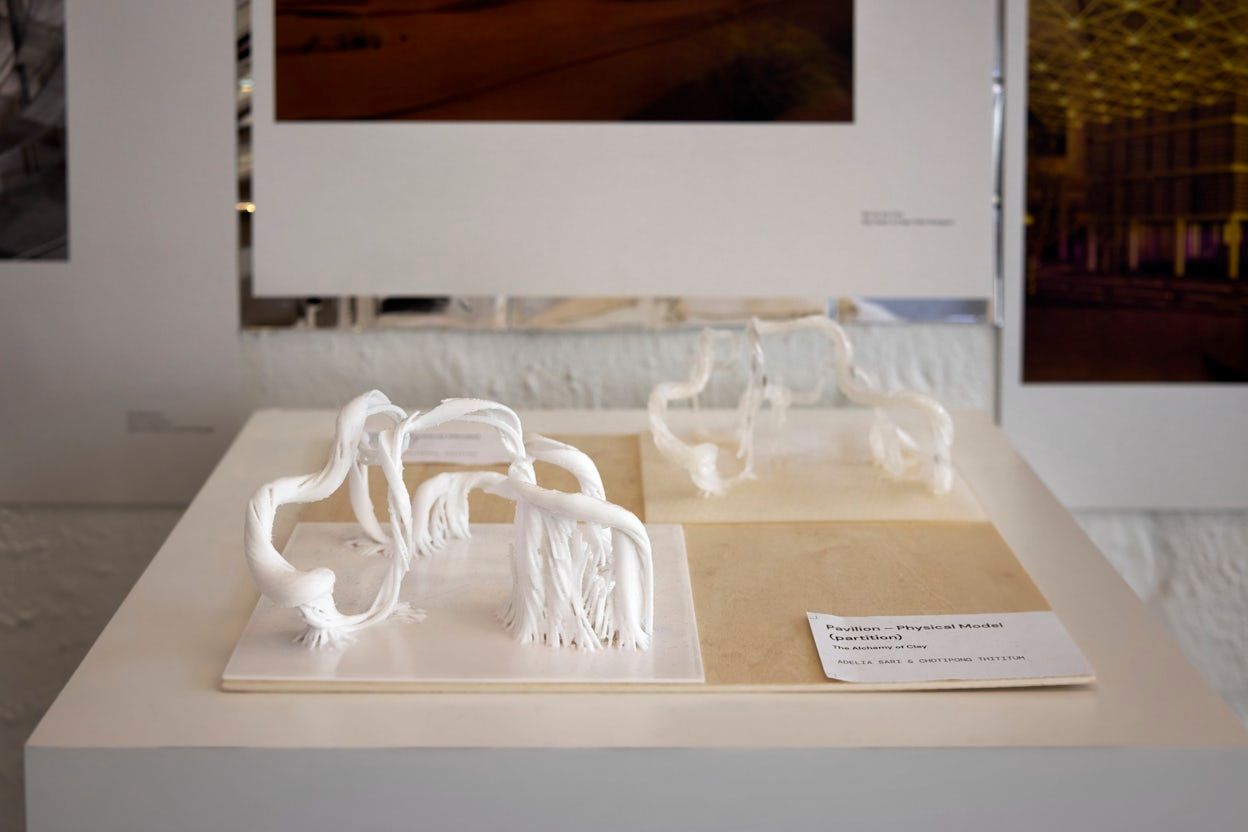
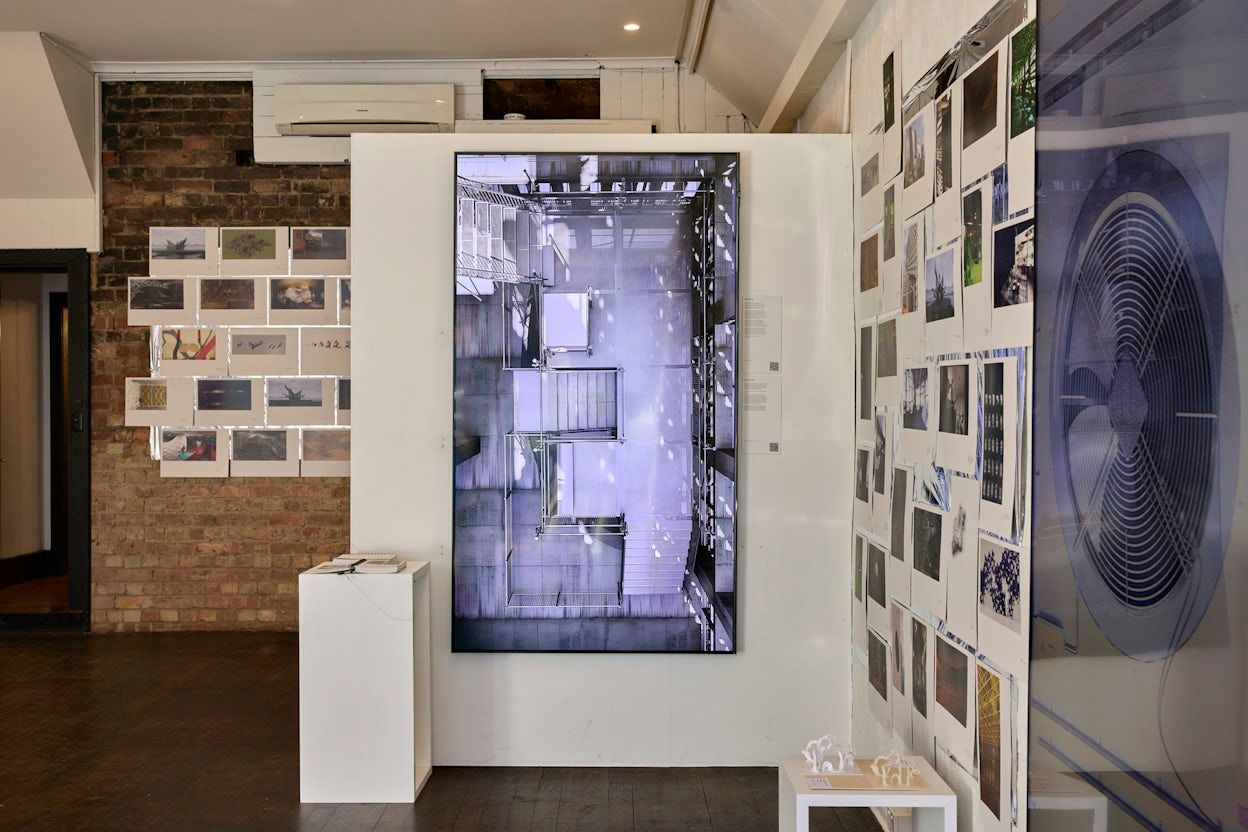

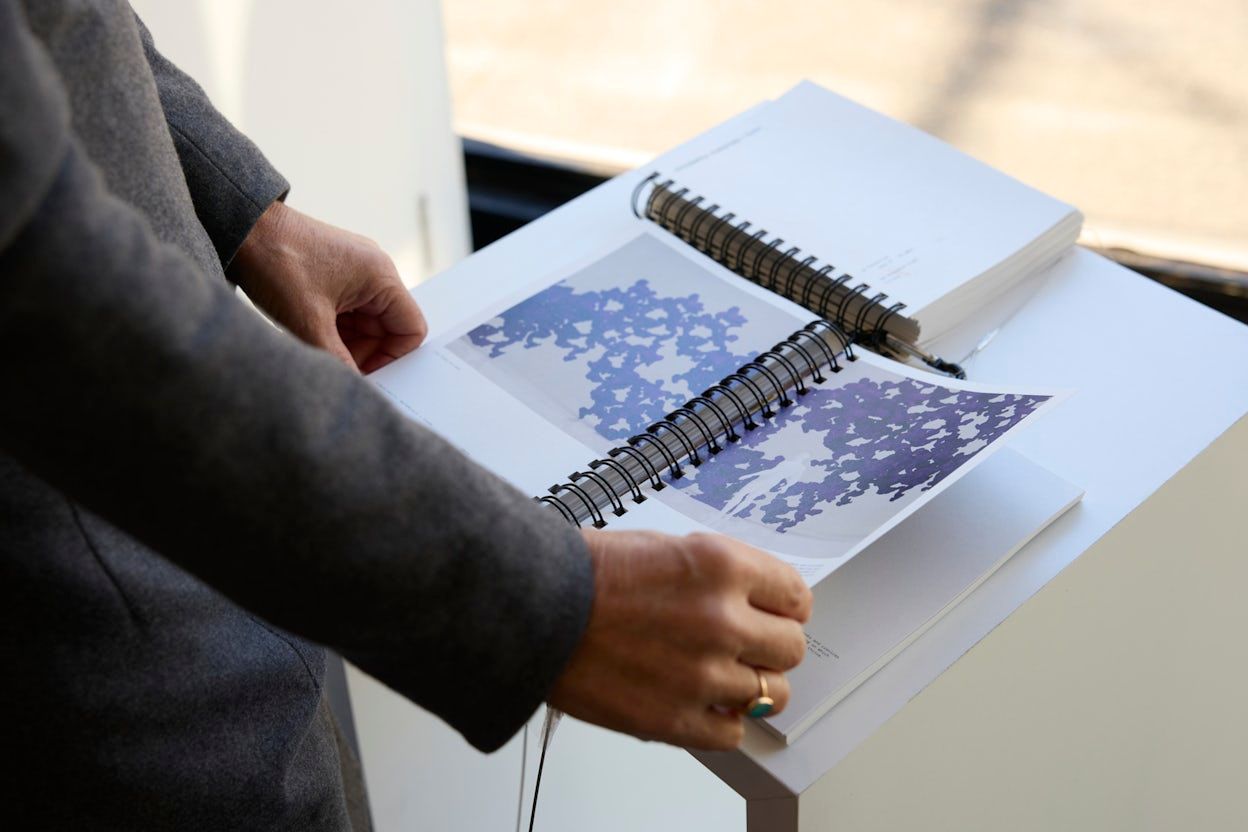
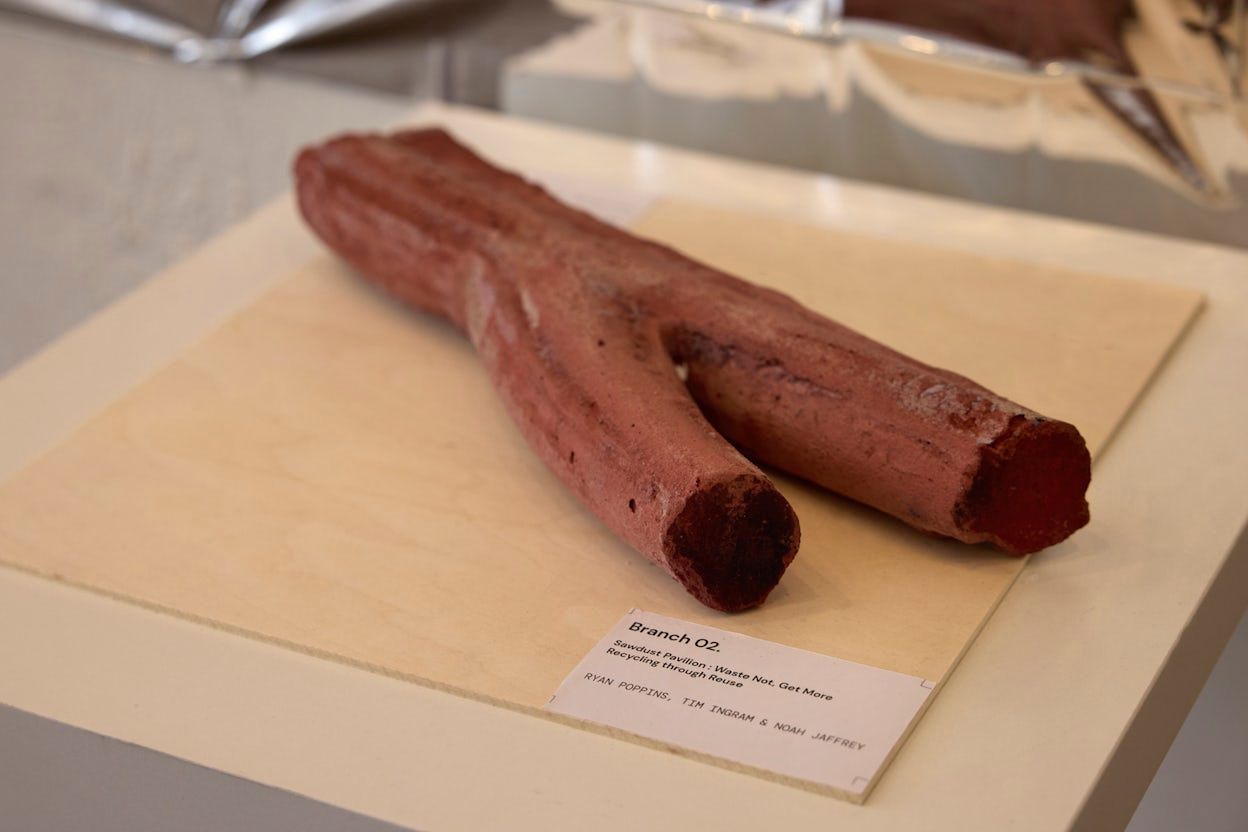
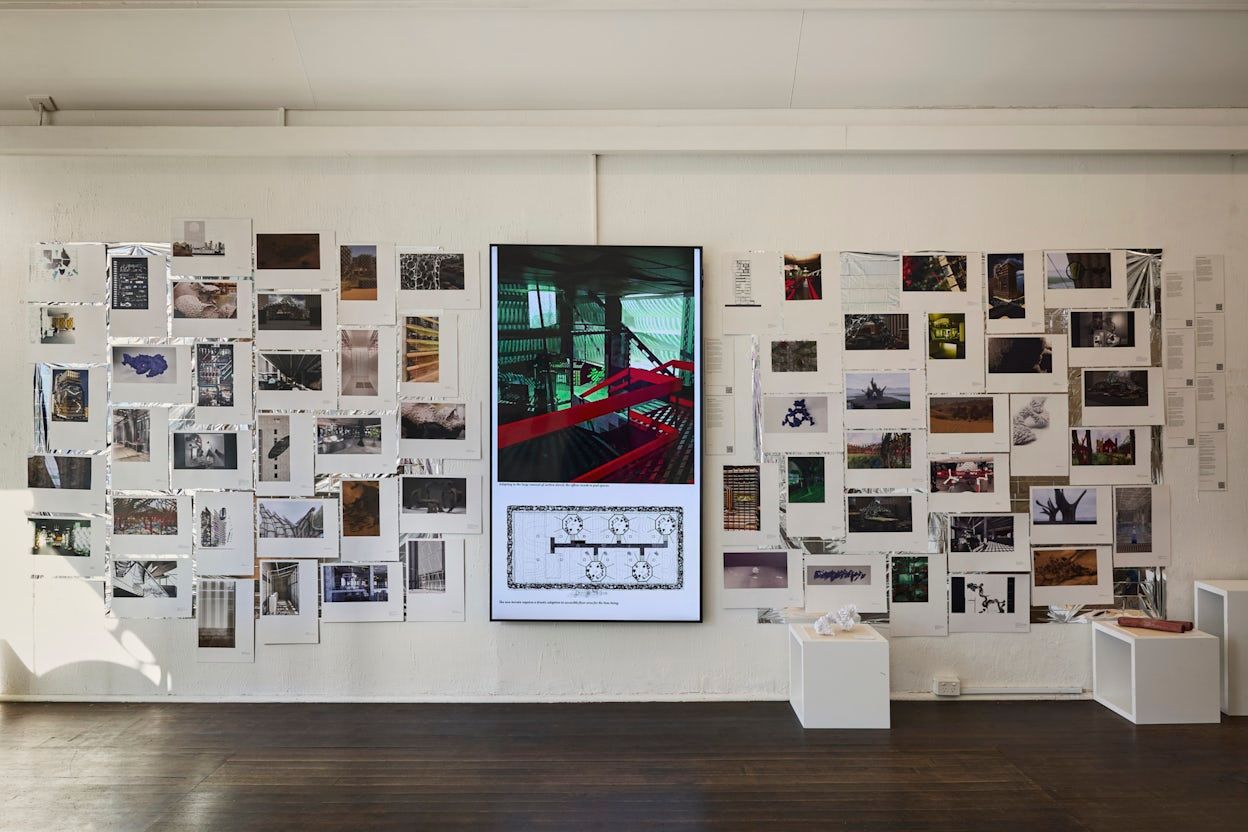
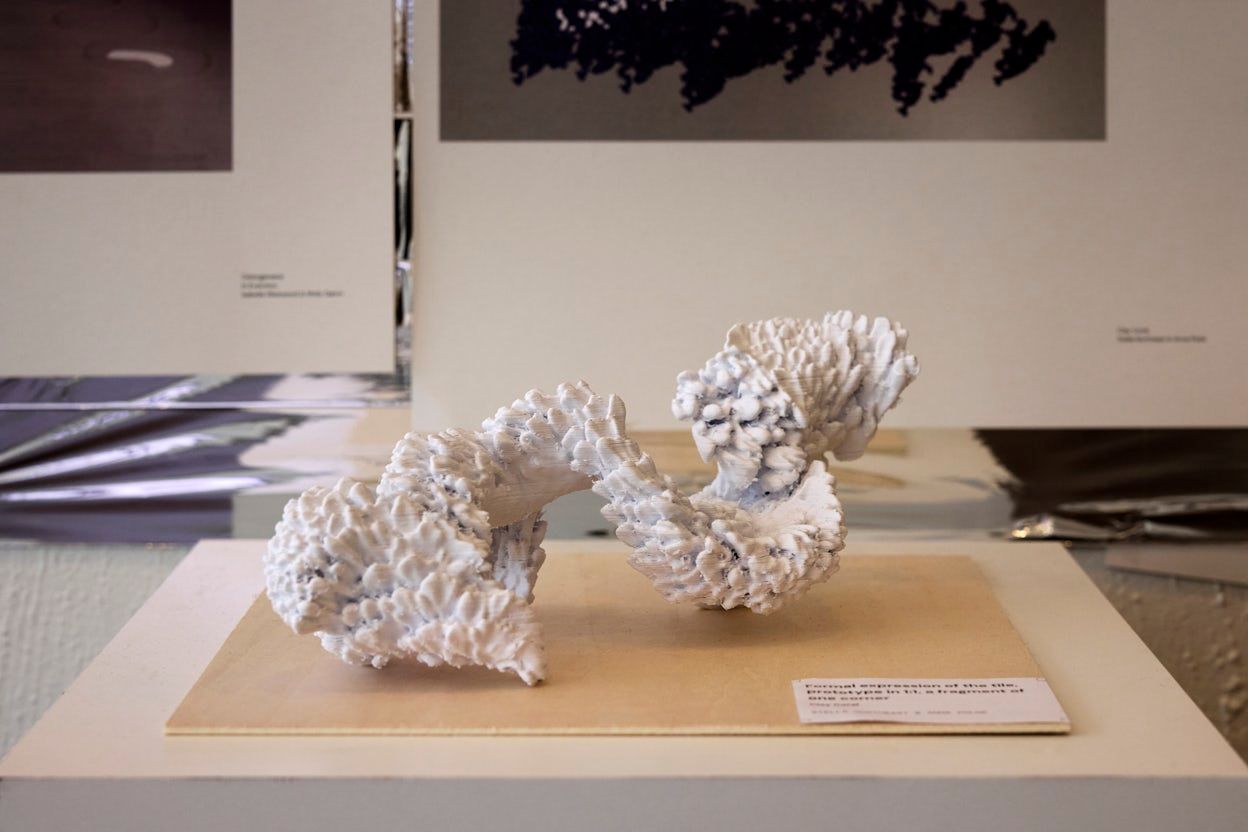








01/08
As challengers to the traditional automotive industry, Polestar is no stranger to thinking differently to achieve greater outcomes. Outside of our cars being fully electric, Polestar innovates in the way we use materials in the construction of our cars to reduce environmental impact. From the use of recycled PET bottles in our Tailored Knit, to post-consumer recycled steel used in Polestar 4’s body and subframe, Polestar are forever pushing forward to see what’s possible on our climate-neutral journey.
Speaking on Polestar’s sustainability journey, Head of Marketing Jonathan Williams said, “At Polestar, we’re committed to sustainability but we know that ambition without action isn’t enough. That’s why we’re transparent about the impact of our products and working towards developing the world’s first truly climate-neutral car by 2030. The project seeks to eliminate all greenhouse gas emissions from every aspect of production.”
“We also believe in collaboration with other industries to find solutions that may not yet be available. Working with the students at RMIT University to discover new material innovations is an exciting initiative for us locally. We can’t wait to see how some of the ideas take shape,” Jonathan added.

‘Circularity: Materials + Form’ showcases the innovative thinking and creativity of the next generation of architects, highlighting the crucial role sustainable design plays in shaping our future.
Amplifying the brilliant ideas from each student is Green Magazine. As Australia’s leading publication on sustainable design, they shine a spotlight on Australia’s innovative architects and designers, and highlight individuals striving to develop new ideas and technologies to combat issues of waste and energy consumption. Every project from the exhibit has a home on the Green Magazine website, which helps spread the word of what’s possible when reimagining the way we build to a very receptive audience.
“Green Magazine is thrilled to partner with RMIT and Polestar to bring this inspiring exhibition to life,” said Tamsin O’Neill, editor of Green Magazine.
“This exhibition not only emphasizes the importance of rethinking material cycles but also encourages a broader conversation about the intersection of architecture, sustainability, and renewable energy. We believe this event will spark meaningful dialogue and inspire tangible action towards a more sustainable built environment.”
As we move forward, the creativity and innovation of young designers and architects is crucial. These visionaries are not just thinking about the present – they are designing to safeguard our future. Through this exhibit, we see their commitment to sustainability and their ability to reimagine the built environment, offering a glimpse into a future where our cities, towns, and rural centers are not just places to live, but places that exist in harmony with the natural world. By embracing these possibilities, we can build a legacy that secures a better future for all.
Explore the concepts for a reimagined future here.







